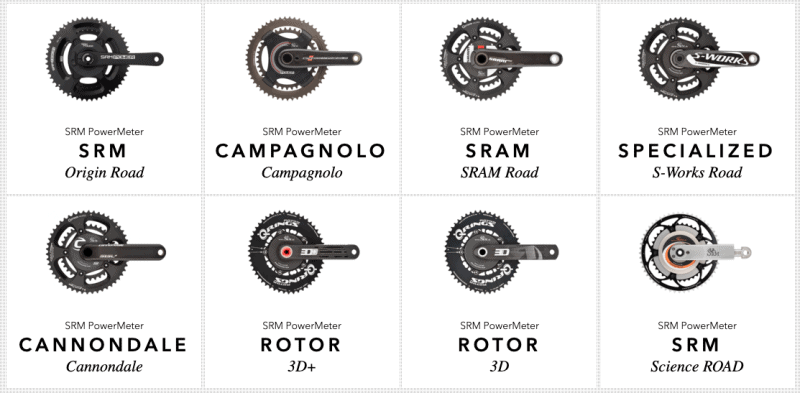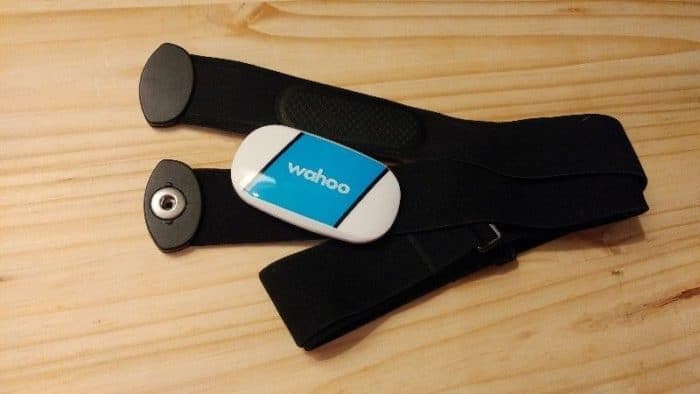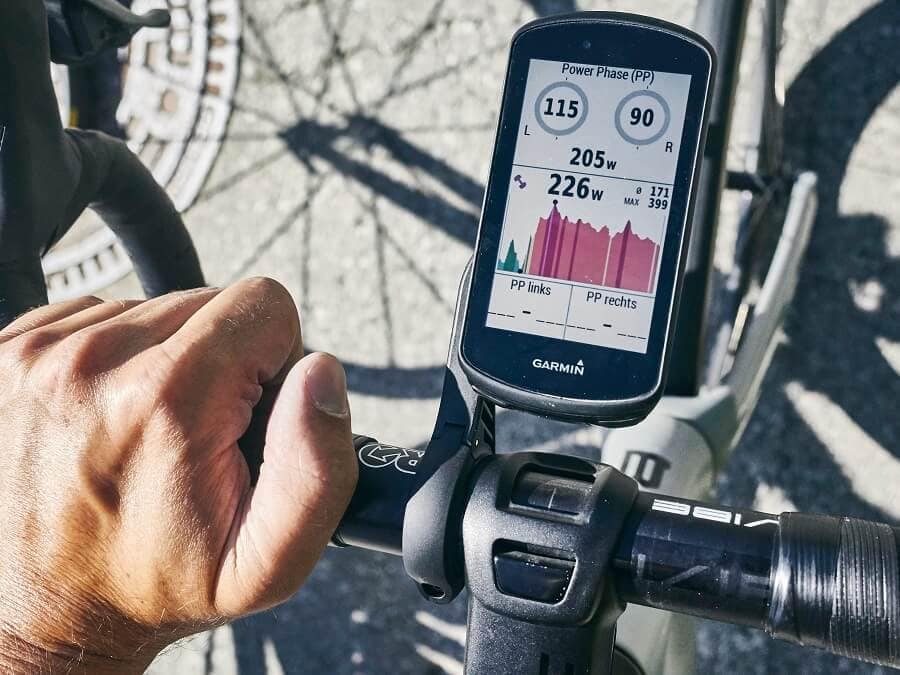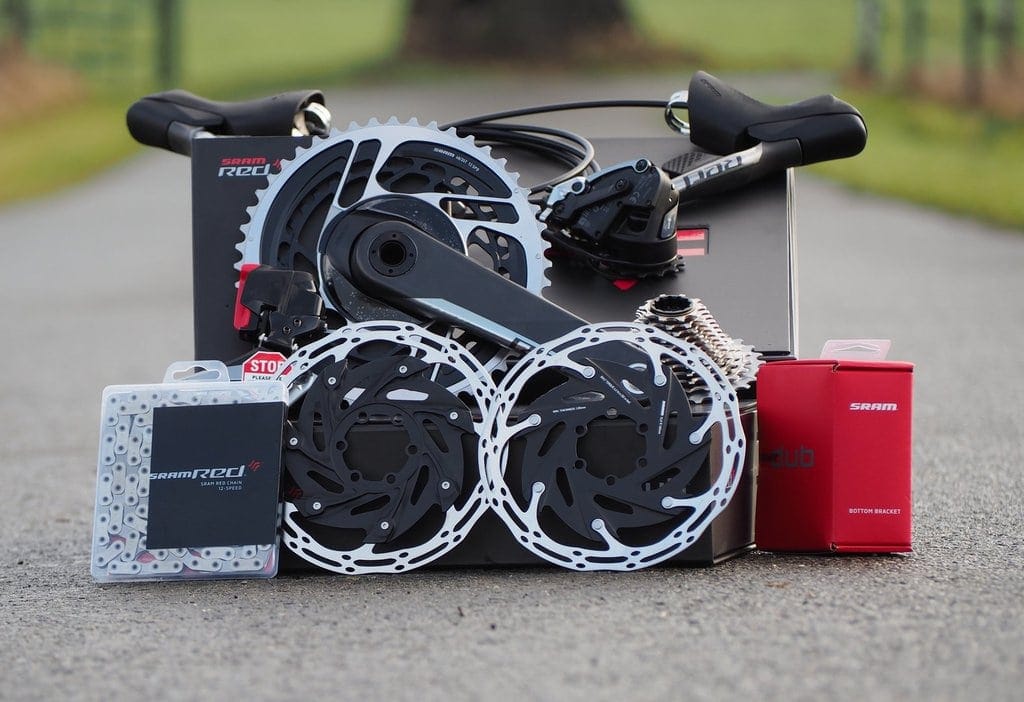8 Mistakes Cyclists Make When Using Power Meters
Using power meters in cycling is quite an involved process.
The power meter itself may be surprisingly simple but correctly interpreting the data it produces and then translating that into an effective training plan requires quite a lot of learning and research, and perhaps some help from a professional coach.
Next, try to avoid these 8 common mistakes made by cyclists.
On This Page
Power Meters Don’t Make You A Better Rider
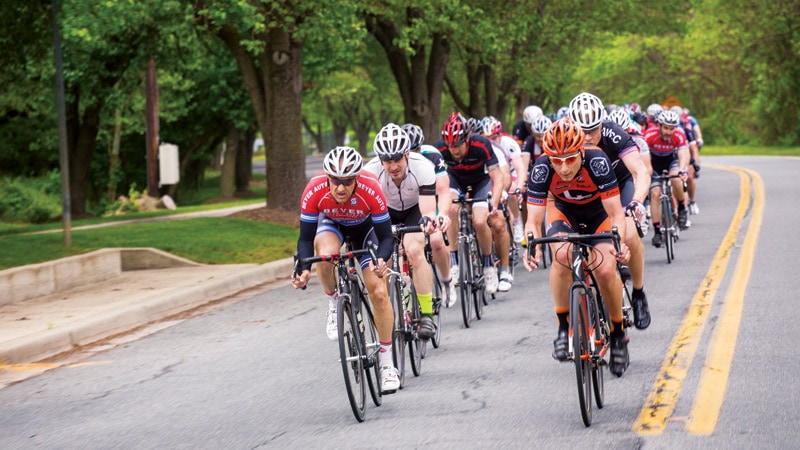
Simply bolting on a power meter won’t automatically make you a faster or better rider.
Power meters are tools to do a job.
That job is the accurate interpretation of data produced and the creation of a training plan. It is that data that will make you a better rider. I said there was a lot of work in making use of the information you get from a power meter, and I wasn’t kidding!
First, you may even need to work with a coach to learn how to interpret the power meter data and use it in a training plan. Then, sticking to that plan and following your coach’s advice will help improve your fitness, endurance, and any other goal you set.
Getting Overwhelmed with Data
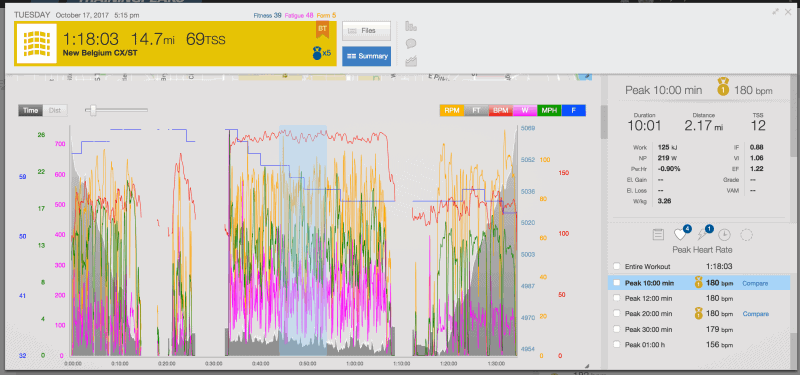
Some cyclists love data, while others cannot stand it.
One thing you need to avoid when using a power meter is being obsessed with data. That’s quickly done, even for a keen amateur.
Watching your average power, peak power, Training Stress Score, Acute Training Load, reading your Performance Management Chart, and the myriad of other data points you generate can become addictive.
If you want to manage your pace over a ride, there is only one real piece of data you need to watch, and that is your 3s average power output. This alone can help you pace effectively while enjoying the ride.
Read More : The 4 Most Popular Cycling Analytics Software
All the other data is for when you’re at home on your computer or sitting with your coach over a coffee and spreadsheet.
Data is great, but never lose sight of why you ride in the first place.
Getting Obsessed with Power Numbers

I use Chris Froome a lot when talking about power meters. That’s because he is everything a cyclist should not be outside of the pro peloton.
Spending several hours a day staring at your bike computer riding purely to numbers is not the way the rest of us should spend our time on the bike.
When you’re in an event, sure, riding to your average power output is how you’re going to finish. But at all other times, spending a ride seeing nothing but your wattage on a screen is not the way to enjoy time on the bike.
Even when you’re training for a grand fondo or race, you need to embrace the great outdoors, enjoy the road, take in the scenery, engage with your group, and generally enjoy the time on your bike. Otherwise, riding turns into work and is no longer enjoyable, and nobody wants that!
Read More : Wahoo Elemnt vs. Bolt vs. Roam – What’s the Difference?
Not Knowing Your FTP

FTP tests are painful, and nobody likes doing them, but they are a necessary evil.
FTP (Functional Threshold Power) tests are the baseline from which all of your structured training and goal settings stems from. Without it, you’re shooting in the dark and could be training towards completely the wrong numbers.
You already know that preparation is key in all aspects of cycling, from bike maintenance to kit care and everything in-between. The same is also valid for power meters.
Without knowing your FTP, you don’t know your current fitness level, sustained effort level, or any of the baseline metrics needed to create a structured training plan.
FTP tests hurt, but they are necessary.
If you use a coach, they will insist on one. If you’re an enthusiast or amateur racer, you should already have done one. There is no excuse, really.
You can perform an FTP test on a turbo trainer using its own software or app such as Zwift. You can perform an FTP test on the road if you’re lucky enough to have the roads to ride 20 minutes at full pace safely.
However you perform an FTP test, you absolutely have to do one if you want to get the most out of your power meter.
Read More : A Beginner’s Guide to Perform an FTP Test Accurately
Not Sticking to Training Plans

Unless you’re getting paid to ride your bike, sticking to your training plan is down to your own dedication and determination. As we are all human, that can be harder some days than on others.
Sometimes you want to ride for the love of riding, and some days, you feel good enough to exceed your plan without breaking a sweat. If your project says otherwise, you should do neither of those.
If you work with a coach or have spent weeks or months learning how to read and interpret power meter data, you have invested a lot of time and money into your training. Even a slight deviation from that plan can impact your preparedness for an event or mean you’re late getting to form for a season.
If you’re doing periodized training, sticking to the plan is even more important. The program will have been developed to have you peaking at exactly the ride time for an event. Any deviation from that could mean you’re just not ready in time or not at your full potential.
Either way, you’re compromising that event, and you’re not going to be happy afterward.
Yes, it’s tough.
Yes, it’s the last thing you feel like doing some days. But like everything in life, you have to gut it out and see it through to make it to the top.
Not Tracking Your Progress
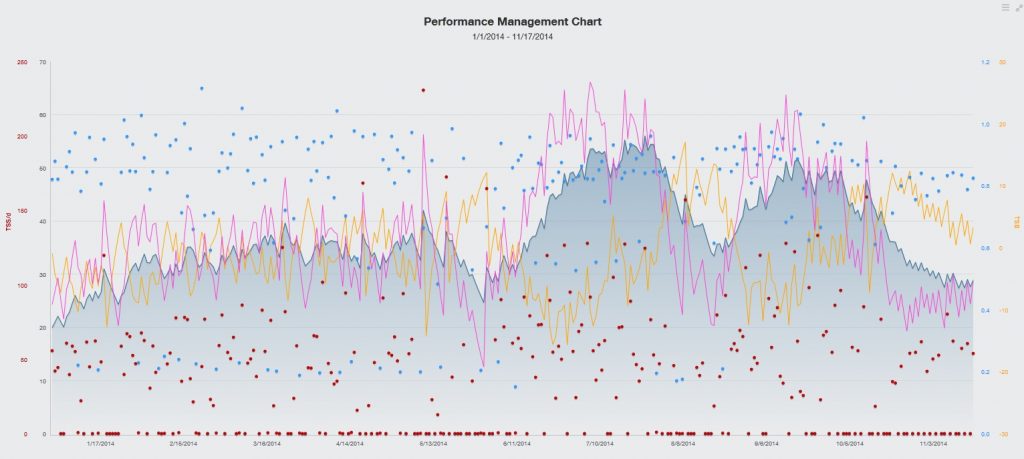
By now, you probably realize there is a lot of data and analysis involved with training with power meters. Probably a lot more than you initially thought.
A lot of the data is equally important, but you also have to track your progress alongside analyzing data and creating training plans.
Training is all about making gains. Whether you want to improve your time trial times, FTP, VO2 Max, time over distance, or something completely different, you will have a minimal idea whether you’re achieving anything unless you track your progress.
The feeling is subjective. A heart rate monitor is susceptible to outside influences, time over distance is susceptible to weather, wind, and conditions.
The most accurate measurement of your ability is power. It is almost immune to outside influence, and what it says you’re doing, you can be confident that you’re actually doing.
Most power meters come with software to help track your progress, TrainingPeaks or Strava can help, or your coach may have something different. Either way, tracking your progress is key to seeing where you are making gains and identifying areas you need to concentrate on or ease upon.
Not Getting Enough Rest

Power meter data is just that, data.
It has no agenda, no opinion, no goals, or emotion. It’s a stark but beneficial metric you can use in training.
When you’re trying to improve, you listen to your power meter. You ride to the numbers and push when you’re supposed to move and rest when you’re supposed to rest.
So why do many riders ignore their power meters when it comes to fatigue?
Any experienced cyclist will know that your body can only take so much training stress before you begin losing form.
Push it a little, and you will get through.
Push it too hard, and you open yourself up to the risk of illness or injury.
Rest is a vital part of training and is where your muscles adapt the most. Overtraining is incredibly common, and something we have all is guilty of at some point.
If you listen to your power meter when you’re training, you should also listen to it when it tells you you’re overtraining. TrainingPeaks has the Training Stress Balance (TSB), and Strava has a Form that measures fatigue.
As soon as your TSB or Form hits negative figures, it’s time to rest. Even if you feel like you could ride a tour stage, listen to your power meter. It has no agenda or opinion. It just says it as it is.
Comparing Power Numbers
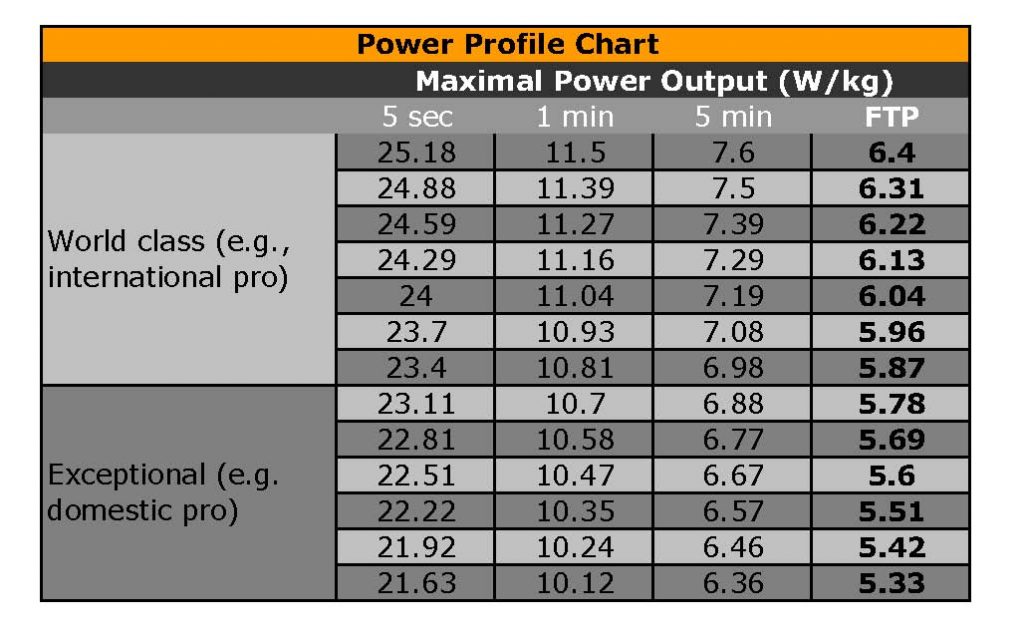
Many measurements in cycling are subjective or hugely variable but power numbers are not. That means competitive cyclists tend to gravitate towards using power numbers when comparing themselves to their peers. Worse still, they compare their numbers to the pros.
This never ends well.
Power numbers, while incredibly accurate, only tell part of the story for a cyclist.
We all have strengths and weaknesses.
Some of us can climb like a goat.
Others are more powerful and count their peak wattage in four figures. Some sit in the middle and can happily generate 400 watts all day long. The point is, every rider is different which is something we tend to forget when comparing power.
Add to that the variance between power meter readings and you have even more scope for disappointment. While all power meters provide between 1-2% accuracy, that variance is enough to disappoint.
If you’re going to compare notes, w/kg is the most comparable metric. The power to weight ratio is a vital measure of your performance and means much more than just power.
Power to weight is the power output in watts you can sustain divided by your weight in kilograms. It takes everything into account and can answer why you as a lighter rider can fly on the flats but be overtaken by a larger rider on the hills.
The Bottom Line
As you can see, there is a lot to using a power meter.
It may have been an easy purchase and quick installation but now the real work begins. You have to collate the data, format it into usable metrics, interpret it correctly and then build it into a structured training plan.
You then have to perform an FTP to get your baseline and then track your progress over many months. All while maintaining enjoyment for this king of pastimes and working, maintaining family life, and everything else our days require.
In payment for all this effort, power meters provide unrivaled insight into your fitness, your form, and fatigue. They can deliver as much accurate data as you could ever need and tell you when to push when to rest, where your weaknesses are, and your strengths.
If you’re serious about your cycling, race, want to race, or want to be a pro, no other training tool comes close!
Author Recommended Reads

